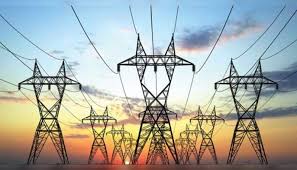
Power sector requires N2trn recapitalisation for a steady supply — FG
The federal government has revealed that the electricity companies in Nigeria are short of N2 trillion ($2.5 billion) in capital to revive the industry and provide a steady power supply nationwide.
Olu Verheijen, an adviser to President Bola Tinubu on energy, said this in an interview, according to a Bloomberg report.
Verheijen observed that Nigerian electricity firms are burdened with excessive debt and insufficient capital, constraining their ability to invest in expanding household electricity distribution.
According to her, inadequate pricing, patchy revenue collection, and a dilapidated national grid have left most residents in Africa’s most populated nation to produce their power using noisy generators.
She said, “We need to set policies that facilitate reorganization and recapitalisation and bring in new partners with new capital.”
She added that the grid in Lagos delivers only 1,000 megawatts to a city of 25 million people. By contrast, with roughly the same population, Shanghai supplies more than 30,000 megawatts at peak demand.
Speaking further, Verheijen mentioned that there are plans to make electricity tariffs cost-reflective alongside the recapitalisation. This move is expected to enhance the liquidity and sustainability of the power sector.
According to her, “if tariff adjustments are not implemented, the weakness in the Naira, which experienced a 50 percent drop against the dollar last year and escalating inflation, might drive energy subsidies up to N1.6 trillion in 2024.
“With the current tight fiscal space, the government’s ability to cover this shortfall is challenged.
“These issues have exacerbated the financial liquidity challenges in the sector,” Verheijen added.
Nigeria possesses a total installed capacity for electricity generation of 13,000 megawatts, yet only a fraction, specifically 4,000 megawatts, is effectively distributed to homes and businesses.
This discrepancy highlights a substantial gap between the country’s potential power generation and the actual delivery to meet the energy needs of the population.
The existing challenge in the distribution system suggests a need for improvements and investments to bridge this gap and ensure that a more significant portion of the installed capacity is efficiently channelled to households and businesses.
In contrast, South Africa — with a population that’s a third the size of Nigeria’s has about 52,000 megawatts of capacity, three-quarters of which comes from a state-owned utility running aged plants.



